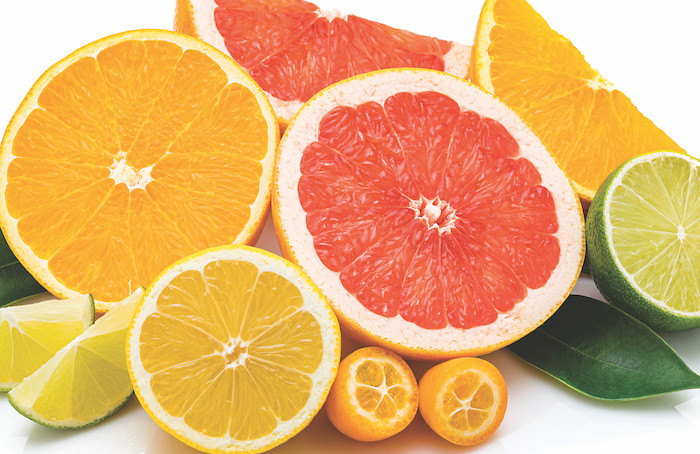
A recent study shows an alarming number of plants have become extinct – and humans have had a big hand in this. Monica Berg says we need to have better connections with our precious ingredients.
One of the defining characteristics of humans is that when we find something we like, we always want more. But when it comes to ingredients, the natural world doesn’t work like that. Global agriculture has to be artificially contorted to meet the whims of our food and drinks trends. And it shouldn’t – it’s becoming alarmingly evident that scaling some ingredients is harmful. Humans need to be OK with having some, but not all of what we want – and not all the time. A study conducted by scientists at Royal Botanic Gardens, Kew, and Stockholm University found that in the last 250 years, 571 plants have become extinct, more than twice the number of birds, mammals and amphibians combined.
This, of course, is alarming on its own, but when you add to it that the extinction rate is occurring up to 500 times faster than ‘natural’ rates of extinction (ie, if us humans weren’t around) it’s quite clear where the problems lies.
This globalisation of ingredients – just as with culture – sees a great loss of nuance and diversity. Our understanding of ingredients becomes generalised and vague and our sourcing draws from an ever-reducing pool of produce.
Look at lemons as an example. There are 40-odd varieties produced globally – and up to 1,000 citrus fruits – yet we mainly use just a handful in bars. Most bartenders will probably never know that most of their Whiskey Sours will have been made with either a Eureka or Lisbon lemon – which easily can pass for each other – but I’m sure they subconsciously noticed every time they were on juice shift, and happily got the “nice juicy ones with less seeds”. We need to get to know our fresh ingredients better.
Freshness is temporary
A big word within the ingredient conversation these days is seasonality. Why? Because in today’s world of convenience, we have sacrificed flavour and nutrition for access. You can get strawberries 365 days a year now, but the problem is, they don’t taste of anything, because they were grown in a greenhouse to be sold in a supermarket, which means they need to look good, not taste good. In most countries strawberries have a natural growth cycle which means they are at their peak for only a few weeks during the summer – June or July depending on the weather.
Does this mean you can’t enjoy strawberries the rest of the year? No, of course you can, but you can’t enjoy fresh strawberries all year round – not ones that taste of strawberry, anyway. As a bartender you have the great advantage of being able to apply different techniques to your seasonal produce in order to preserve, transform and elongate your use of the fresh ingredient.
In fact, seasonality is also about recognising the abundance around us when it comes to untraditional or unconventional ingredients and utilising their potential. Your drinks should work with, not against the seasons.
Another important part of rethinking how we use ingredients in the future is to broaden our methods and techniques of extracting flavour. As a young bartender, you are drilled in the difference between pot still and coffey still distillation, but no one ever talks about steam distillation, vacuum distillation or CO2/critical extraction. From a flavour point of view, they are equally important, yet so unfamiliar to so many.
Perhaps it’s time to change the conversation and make the distinction between distilling for alcohol, meaning the classic way of distilling spirits such as rum, whisk(e)y, vodka etc, and distilling for flavour. For example, Co2 extraction of green juniper as is done at Hepple Gin, which is a more efficient, sustainable and effective way of extracting flavour than the traditional method. We can apply this thinking to our own flavour extraction techniques in the bar.
The future of our ingredients is very much determined by our willingness to change our behaviour and protect the diversity of our ingredients before it’s too late. We need to be curious about ingredients in the same way we are about spirits and not think about them in such a homogenous, generic way. We need to support the people who produce this diversity and we need to create menus that shift and shape to the seasons, rather than ploughing blindly through them.
Bartenders have the knowhow and equipment to elongate the lives of each seasonal ingredient – revealing myriad flavours – but we must first accept that an ingredient’s freshness is fleeting. And there’s a beauty in that.


